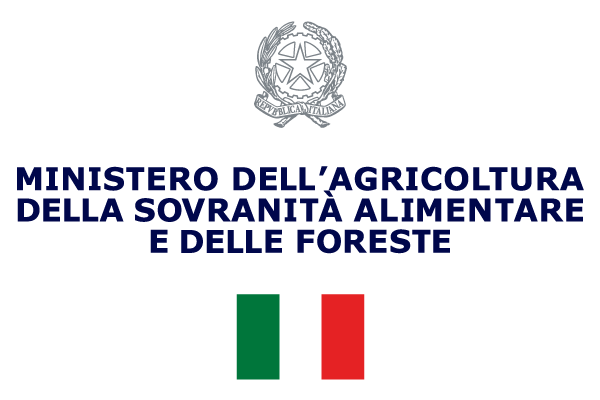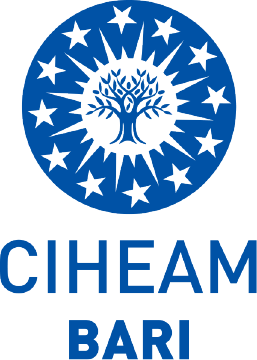<div style="text-align: justify;">The majority of cropland in the rain-fed region of the
North Central District of Oklahoma in the US is seeded with winter
wheat (Triticum aestivum) and most of it is in continuous wheat
production. When annual crops are grown in monocultures, weed species
and disease agents may become established and expensive to control. For
many years prior to 1996, federal policy provided incentives for
District producers to grow wheat and disincentives to diversify. In
1996, the Federal Agriculture Improvement and Reform (FAIR) Act
(Freedom to Farm Act) was instituted, followed by the Farm Security and
Rural Investment Act (FSRIA) in 2002. The objective of this study was
to determine the impact of FAIR and FSRIA programs on crop diversity in
the North Central District of Oklahoma. The economics of three systems,
monoculture continuous winter wheat, continuous soybean (Glycine max)
and a soybean–winter wheat–soybean rotation, were compared using cash
market prices (CASH), CASH plus the effective loan deficiency payments
(a yield-dependent subsidy) of the FAIR Act of 1996, and CASH plus the
effective loan deficiency payments of the FSRIA of 2002. We found that
the loan deficiency payment structure associated with FAIR provided a
non-market incentive that favored soybean. However, under provisions of
the 2002 FSRIA, the incentive for soybean was adjusted, resulting in
greater expected returns for continuous wheat. Due to erratic weather,
soybean may not be a good alternative for the region. Research is
needed to identify crops that will fit in a rotation with wheat.<br></div><i>Fonte di informazione:</i> «Renewable Agriculture and Food Systems», n. 2, giugno, pp. 77-83






